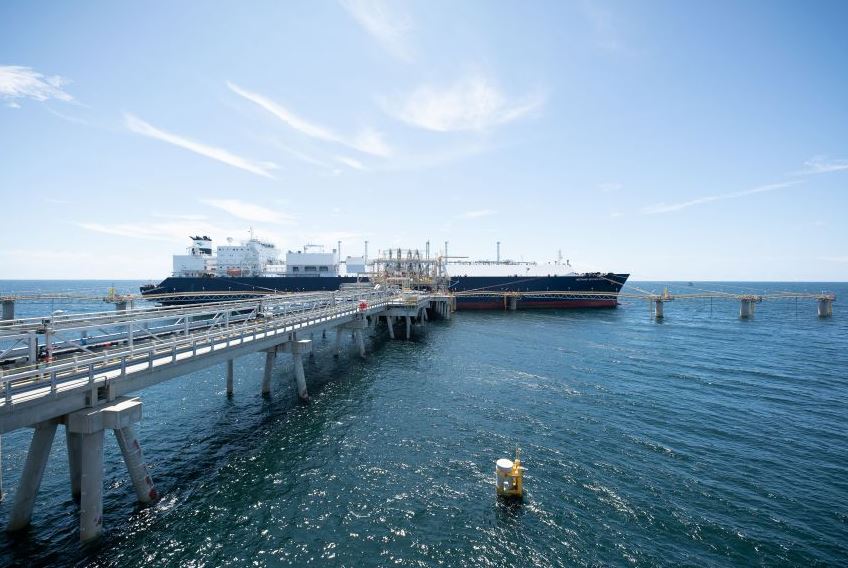Indonesia’s Tripatra, a unit of Italy’s Saipem, and South Korea’s Daewoo Engineering & Construction have secured a contract for the TotalEnergies-led Papua LNG project in Papua New Guinea.
Tripatra revealed this in a statement issued this week saying the front-end engineering and design (FEED) contract is for the upstream facilities of the LNG project.
Moreover, this project in Papua New Guinea will involve the construction of upstream facilities, including a central processing facility, well pads, and related infrastructure, it said.
Tripatra said that the contract covers the FEED phase 2 of upstream central processing facilities (CPF) and well pad development for Elk-Antelope, which will supply natural gas for the LNG project.
The firm did not reveal the price tag of the deal.
In March, Japan’s JGC and South Korea’s Hyundai Engineering & Construction won the FEED and the EPC estimation contract for the downstream LNG facilities for the Papua LNG project, by ExxonMobil on behalf of the venture partners.
TotalEnergies has a 40.1 percent operating stake in the LNG export project, ExxonMobil has 37.1 percent, and Santos owns a 22.8 percent interest.
Moreover, Papua New Guinea may exercise a back-in right of up to 22.5 percent interest in the project at the final investment decision planned by the end of 2023 or early 2024.
PNG LNG
The Papua LNG partners recently launched fully-integrated front-end engineering and design (FEED) for the project.
In July last year, the JV launched the first phase of FEED studies for the LNG project’s upstream production facilities.
The project calls for the design of about 4 million tons per year of liquefaction capacity adjacent to the existing PNG LNG processing facilities, operated by ExxonMobil and located 20 kilometers northwest of Port Moresby, Papua New Guinea,
The facility will receives supplies from the Elk-Antelope gas field.
Also, the project includes the use of 2 million tons per year of liquefaction capacity in the existing trains of PNG LNG.
The LNG facilities will adopt an “E-Drive” design, where electric motors instead of conventional gas turbines drive the natural gas compressors.

